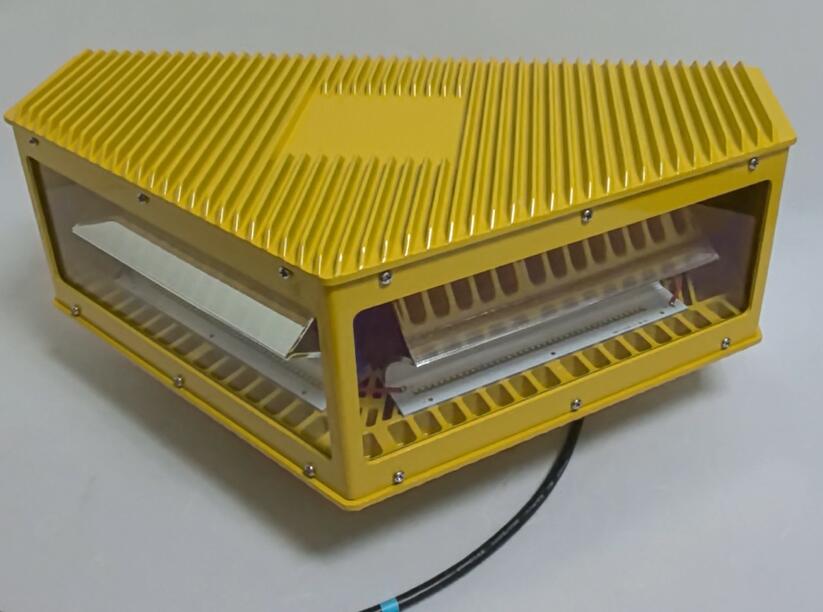FAA Lights: The Gold Standard in Aviation Obstruction Lighting
Introduction: Lighting the Way to Safer Skies
In the complex world of aviation safety, FAA lights represent the benchmark for reliable obstruction illumination. These specialized lighting systems, certified by the Federal Aviation Administration, play a critical role in preventing collisions between aircraft and man-made structures. This article examines their technical specifications, applications, and why they remain the global reference for aerial hazard marking.
The Science Behind FAA-Compliant Lighting
Precision Engineering for Maximum Visibility
FAA lights incorporate several key design elements:
Optimized chromaticity values for color recognition

Precisely calibrated flash patterns (20-60 flashes/minute)
Photometric performance measured in effective candelas
360° omnidirectional visibility
| faa lights |
Durability Under Extreme Conditions
Certified systems withstand:
Temperature extremes (-40°C to +70°C)
Hurricane-force winds (up to 200 mph)
Saltwater corrosion (marine environments)
| faa light |
UV radiation degradation
Critical Applications Across Industries
1. Tall Structure Marking
Skyscrapers exceeding 200 feet
Telecommunication towers
Wind turbine farms
2. Transportation Infrastructure
Bridge suspension cables
Airport approach lighting systems
Highway overpasses near flight paths
3. Energy Sector Installations
Offshore oil platforms
Power transmission lines
Solar tower thermal plants
FAA Light Classification System
Type Application Visibility Range
L-810 Structures <45m 3 statute miles
L-864 Medium-intensity red 5 statute miles
L-865 Medium-intensity white 5 statute miles
L-856 High-intensity white (day) 20 statute miles
Emerging Technologies in FAA Lighting
Smart Adaptive Systems
Radar-activated operation
Automatic intensity adjustment
Remote performance monitoring
Sustainable Solutions
Solar-hybrid power options
Ultra-low power consumption designs
Recyclable aerospace-grade materials
Global Influence of FAA Standards
While developed for U.S. airspace, FAA lights have become:
The reference standard for ICAO guidelines
The benchmark for emerging aviation markets
The preferred choice for multinational corporations
Conclusion: The Unmatched Value of FAA Certification
FAA lights represent more than regulatory compliance - they embody:
Proven reliability through rigorous testing
Interoperability with global air traffic systems
Future-readiness for evolving aviation needs
For infrastructure developers and aviation authorities worldwide, specifying FAA lights ensures participation in a safety ecosystem trusted by pilots across international airspace. As urban air mobility and drone traffic expand, these certified systems will continue to set the standard for aerial hazard prevention.
